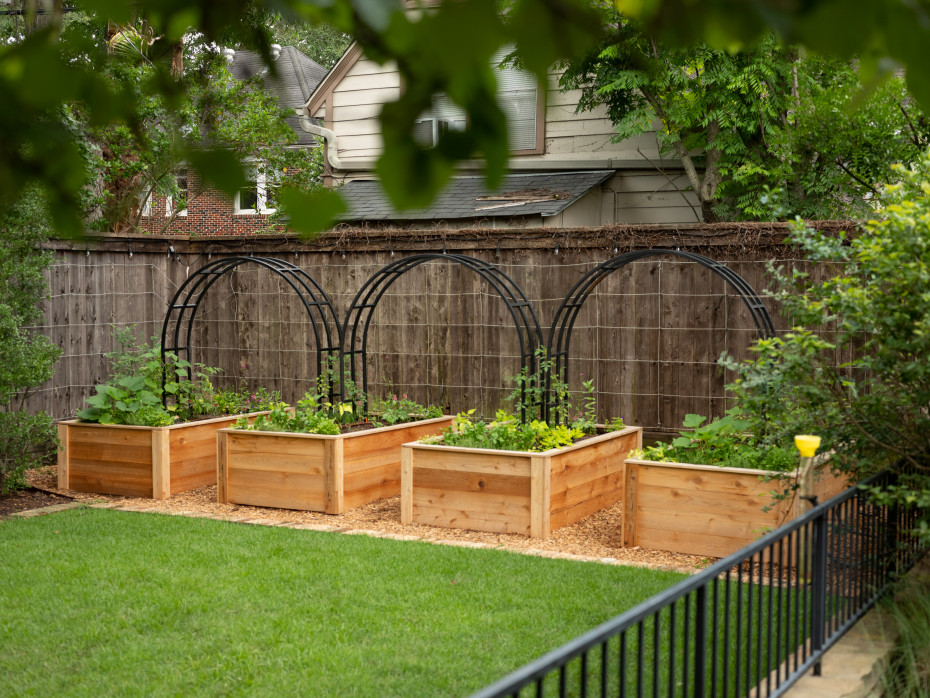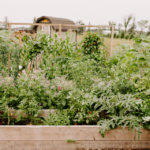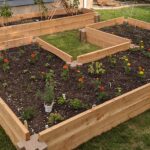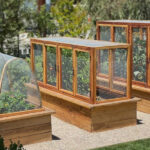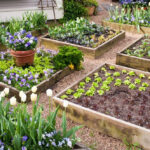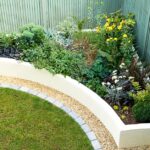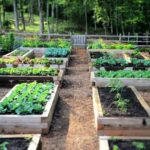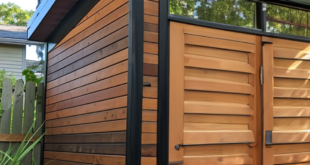Raised bed gardening is a popular method of growing plants that has many benefits for both the plants and the gardener. Raised beds are essentially garden beds that are built up off the ground, typically with walls or edges made of wood, stone, or other materials. These beds can be any shape or size, depending on the gardener’s preferences and available space.
One of the main advantages of raised bed gardening is improved soil quality. By filling the raised bed with a mixture of topsoil, compost, and other organic matter, gardeners can create a soil that is well-drained, nutrient-rich, and well-aerated. This leads to healthier plant growth and increased yields of fruits, vegetables, and flowers.
Another benefit of raised bed gardening is better control over soil compaction. Because the soil in a raised bed is not being walked on, it remains loose and friable, allowing plant roots to easily penetrate and access nutrients and water. This can lead to faster growth and healthier plants overall.
Raised beds also provide better drainage than traditional garden beds, which can be particularly beneficial in areas with heavy rainfall or poor soil drainage. Excess water is able to drain away more easily from raised beds, preventing waterlogging and reducing the risk of root rot and other water-related diseases.
In addition to improved soil quality and drainage, raised bed gardening can also help to reduce the amount of weeding required. The raised edges of the bed can help to keep out weeds and prevent them from encroaching on the plants, saving time and effort for the gardener.
Finally, raised bed gardening can be a more accessible option for gardeners with physical limitations such as back pain or mobility issues. Because the beds are built up off the ground, they can be easier to reach and work in without having to bend or stoop as much as with traditional ground-level beds. This can make gardening more enjoyable and sustainable for people of all ages and abilities.
